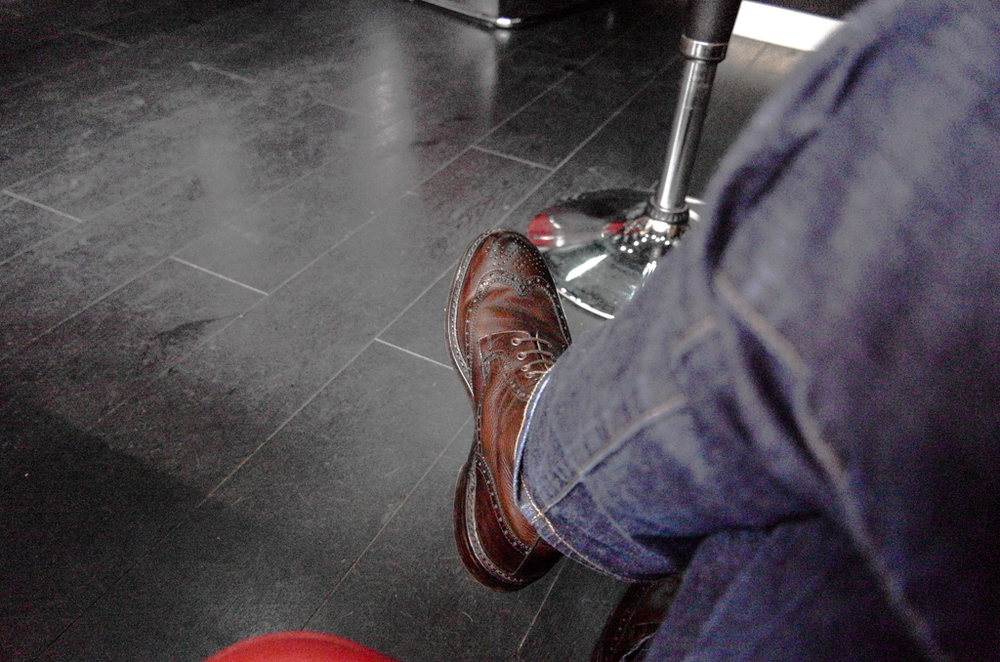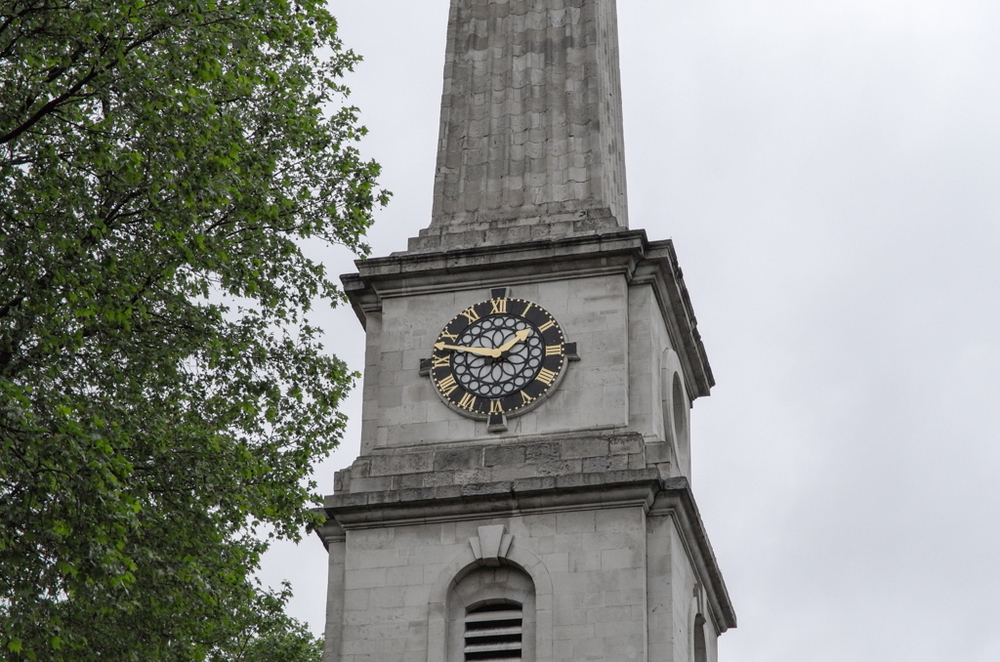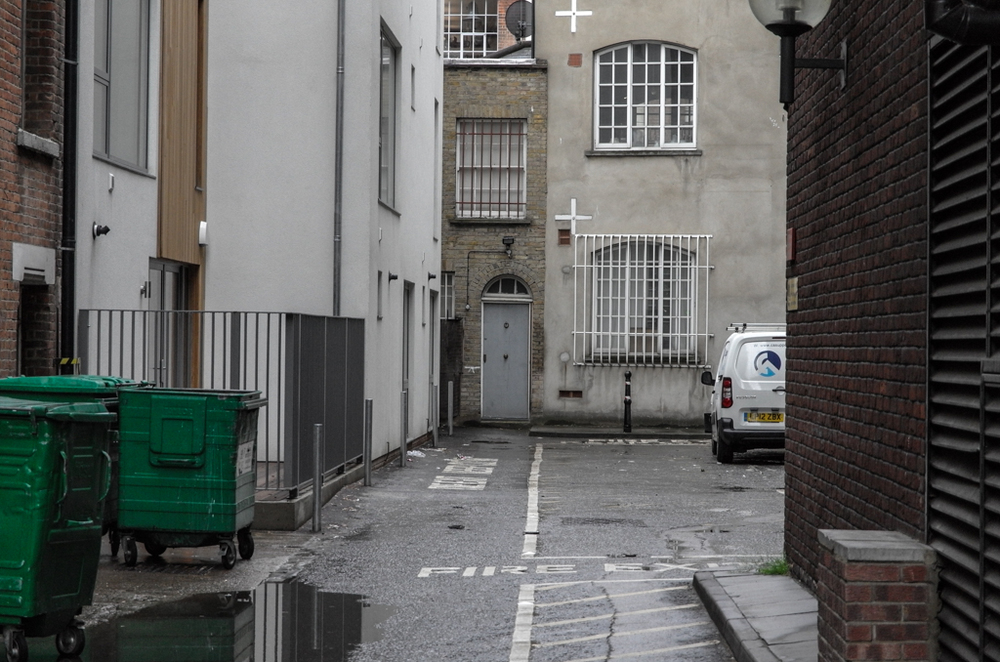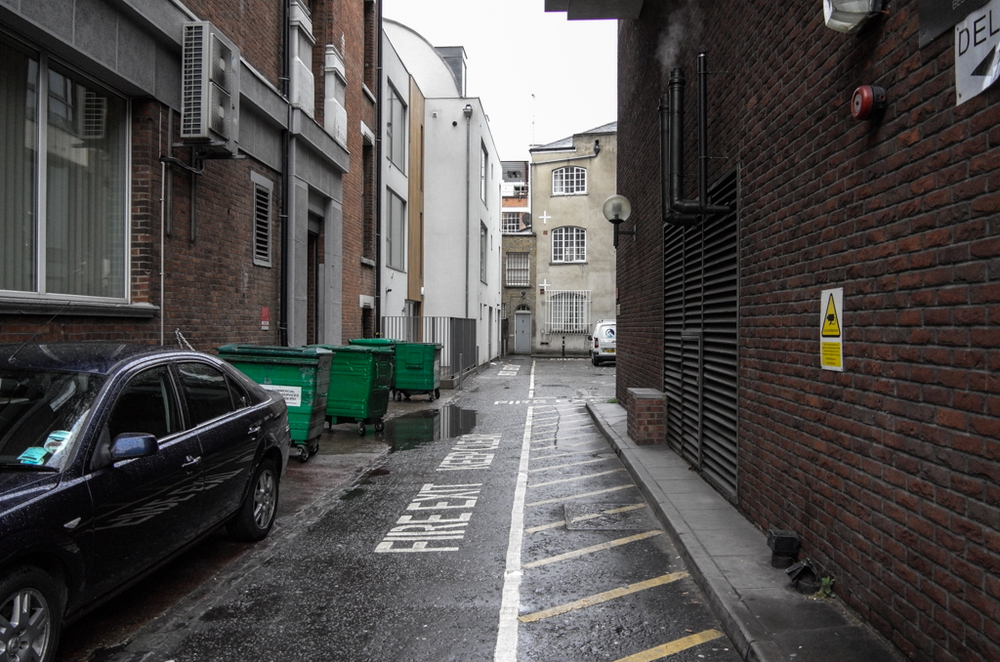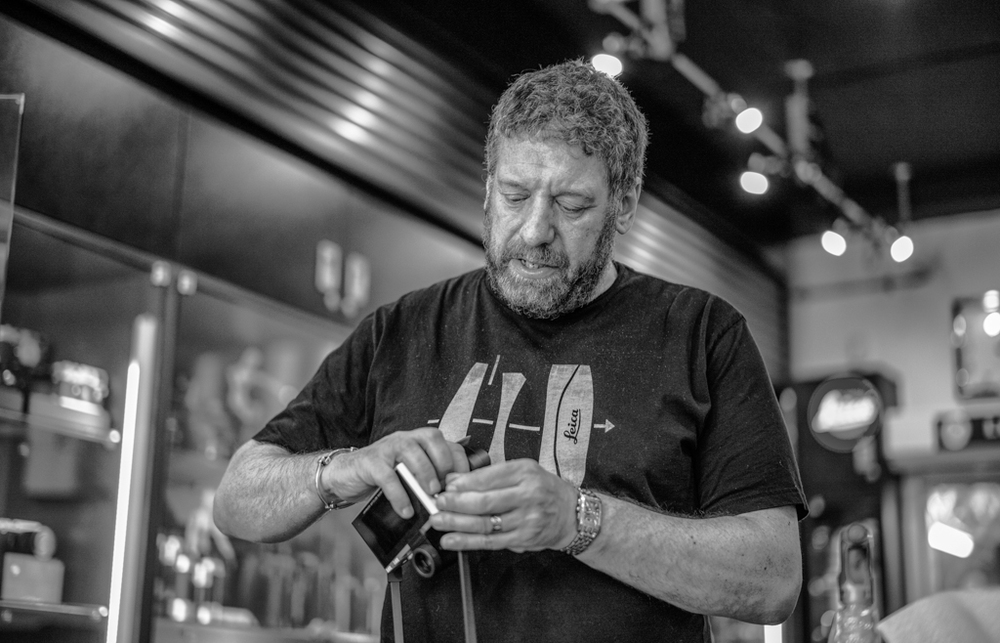
Earlier today I had the chance to play briefly with the Leica T during a visit to Red Dot Cameras In London’s Old Street. Ivor Cooper, Red Dot’s MD, let me take his only camera out for half an hour on a rainy and rather bleak Old Street. I was impressed.
The T handles really well, despite the cold metal casing. Whether this will be the case in a gloveless winter is another matter. It feels well weighted (at 384g without lens, 620g wirh the zoom) and is remarkably light considering the solid aluminium body.
The optional EVF is a big improvement in design over the Olympus-engineered EVF-2 of the M, X2 and X Vario. It sits solidly in the hotshoe and is hard to dislodge. The old EVF is constantly falling off the camera when bagging and unbagging. The large diopter adjustment wheel on the side is also a decided improvement and, for once, might not need a strip of black take to hold it in place. The 2.4 million dot screen is sharp, bright and very similar I would say to that of the latest Olympus VF-4.
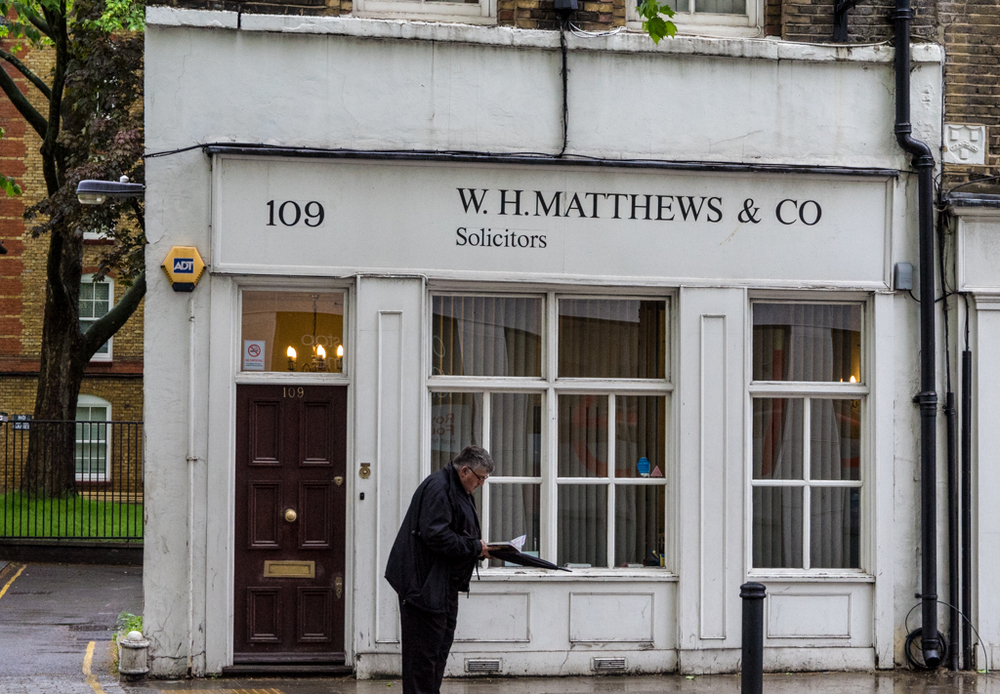
Revolutionary
The back of the Leica T is revolutionary. It is unlike any camera I can think of. There are no controls except for two knurled adjustment dials at the top right. The whole back is taken up by a magnificent and massive 3.7in smartphone-style screen with 1.3 million pixels. Not a button in sight. The camera is controlled almost entirely via the screen and, after trying it, I am convinced this is the shape of things to come. Eight years ago we thought a smartphone had to have a physical keyboard and lots of buttons. Then came the iPhone and its solitary home button. Now everyone accepts that this is spartan appearance is the norm and no one lusts after a keyboard any more. It will be the same, I think, with cameras. Leica, surprisingly, is showing the way.
The great thing about this screen is that it allows total customisation of fuctions. Unlike traditional cameras where you are given buttons you seldom use (white balance, flash mode amyone?), the T empowers you choose the most-used functions for display and everything else hidden. This lack of buttons is beneficial in another way. Since the screen can be locked by a simple finger swipe, there is absolutely no chance of inadvertently changing the setting simply by holding the camera. How many times have we read criticism of this or that button on the back of a camera being too trigger happy?
I found the screen to be intuitive. Anyone who owns a smartphone will be at home within minutes. Sure, it is a completely different way of interacting with the camera but I have to say I like it.
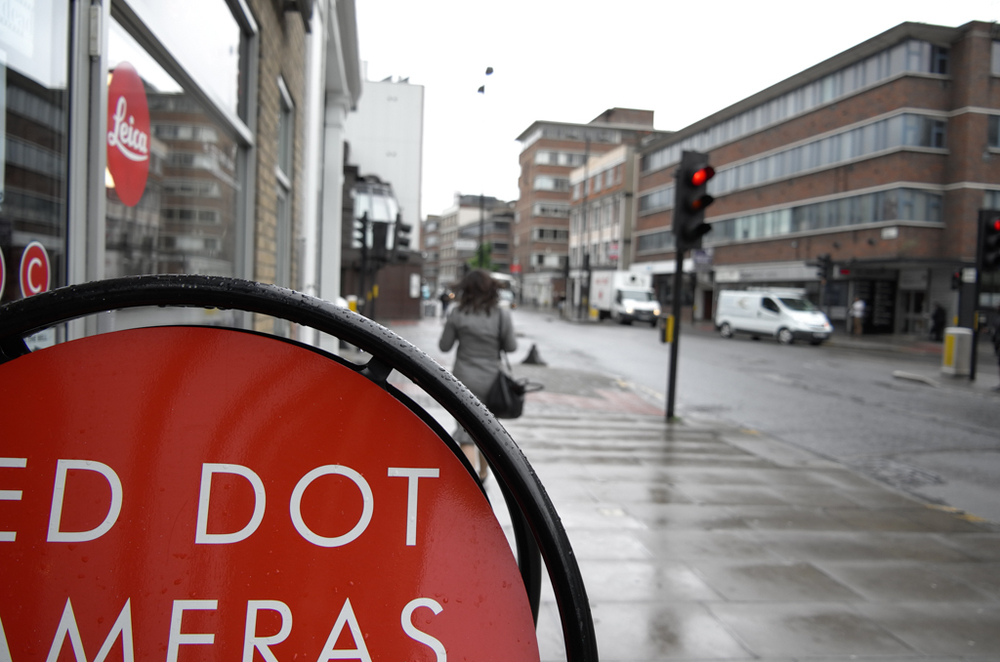
Controls, What Controls?
The remarkable thing about the T is that there are only two physical controls (if you exclude the on/off switch and the movie button). They consist of perfectly weighted knurled dials at the top right hand of the camera. The function changes according to camera mode and the defaults can be customised within limits. Two small rectangles appear on the screen to tell you the current values. During my test the left-hand dial was devoted to ISO settings while the right-hand wheel controlled aperture or shutter speed depending on whether A or S priority had been selected on the menu. This is all very easy to follow and I feel sure that within a couple of days I could be fully familiar with the options. Which is more than can be said for the majority of modern cameras.

Zoom Lens
I had time only to try out the Vario-Elmar-T 18-56mm zoom, which equates to a normal 35mm range of 27-80. It is very similar in appearance to the lens of the X Vario and, from what I understand, is equally good. Leica claim that it matches the performance of M primes throughout the range. This is something of a tall order, but I do know that the lens of the X Vario was in that league. The aperture range is faster than the XV’s, at f/3.5-5.6 and the lens gains an extra 10mm at the long end. In terms of build, it is solid but rather plasticky in appearance. Unlike the zoom of the X Vario, which barely extends on full zoom, the Vario-Elmar-T projects about 70mm at the full 56 (80)mm zoom.
Zoom in, zoom out: Both shots taken at 1600 ISO, one at f3.5 and 27mm, the other at f/5.6 and 80mm. Both shots at ISO 1600.
Wrap Up
After half an hour I had had very little chance to get familiar with the camera or the control set up. However, I found the T to be intuitive and comfortable to handle. I am now waiting for Leica to get round to providing a longer-term test of the T.
Whatever your view on touchscreen control, this is a revolutionary camera and it will be watched keenly by the rest of the industry. If Leica, of all camera manufacturers, can succeed with a screen-based control system then we will find it emulated throughout the photographic world. Who knows, we could be looking at a blueprint for the next M.
